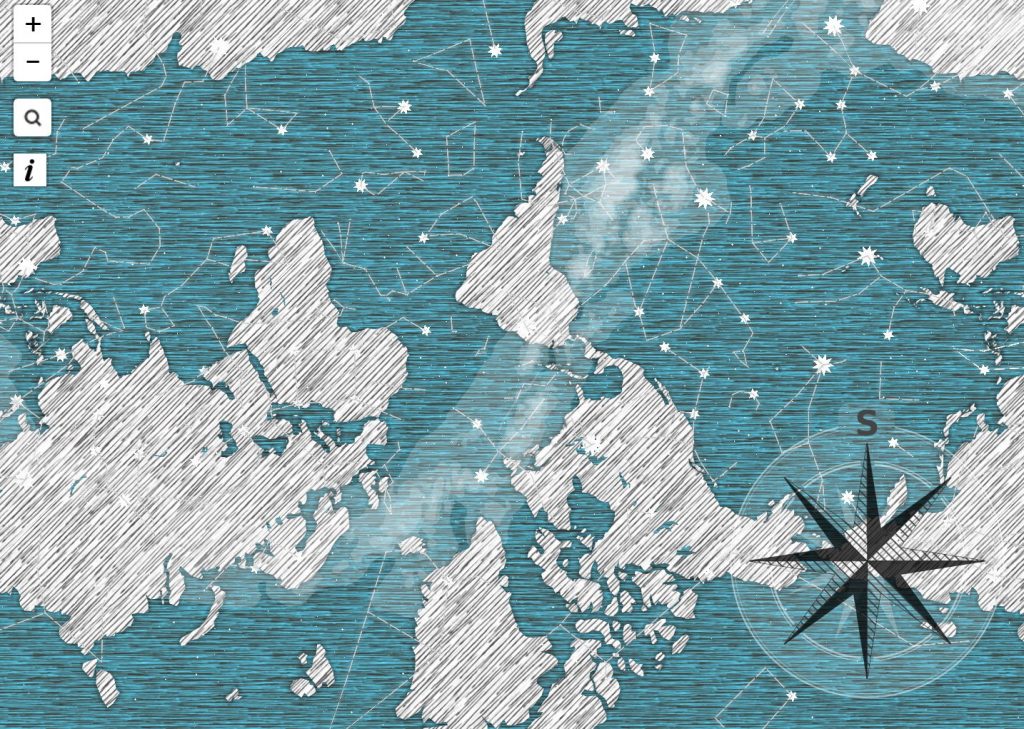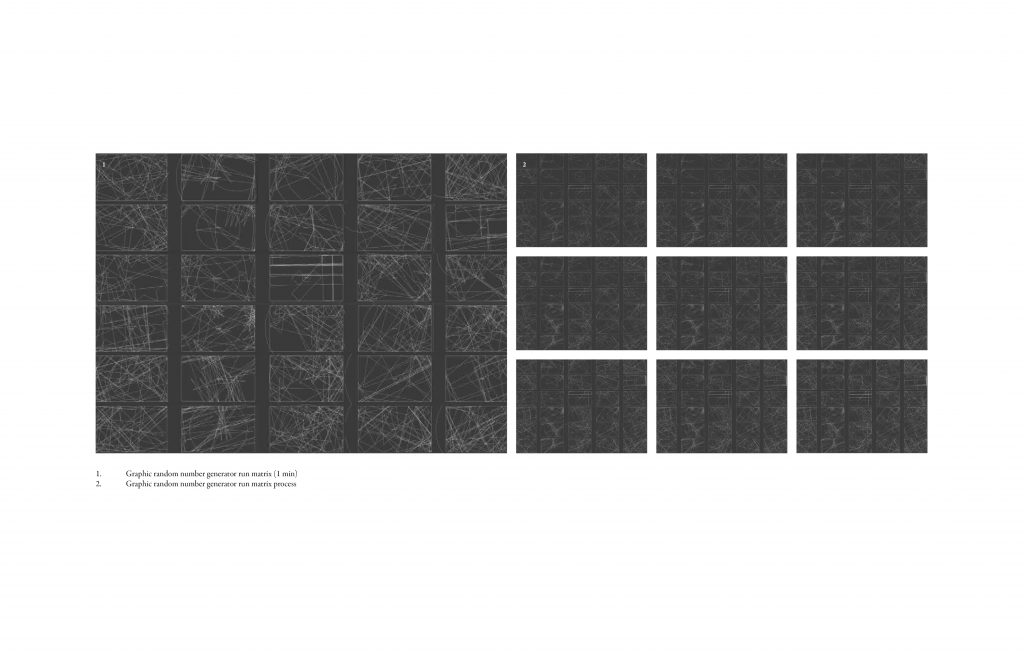In the sunflower I draw, I use its stem to represent the hour, that as time goes, the sunflower will gradually be taller; I use the petal of the flower to represent the minute; I use the color change of the leaf and the text to represent the second.
sketch
function setup() {
createCanvas(300, 400);
background(255);
}
function draw() {
noStroke();
background(242, 226, 204);
//background leaf -- represent second
if (second()%2 == 0) {
fill(123, 142, 31);
} else {
fill(230, 143, 89)
}
push();
translate(140, 200);
rotate(radians(30))
ellipse(-10, 0, 50, 15);
rotate(radians(-60));
ellipse(10, 30, 40, 10);
pop();
//base-flowerpot
var pX = 150;
var pY = 250
var pHeight = 8;
fill(187, 160, 133);
beginShape();
vertex(pX-50, pY);
vertex(pX-60, pY+pHeight);
vertex(pX-50, pY+2*pHeight);
vertex(pX+50, pY+2*pHeight);
vertex(pX+60, pY+pHeight);
vertex(pX+50, pY)
endShape();
fill(170,119, 98)
beginShape();
vertex(pX-50, pY+2*pHeight);
vertex(pX-30, pY+10*pHeight);
vertex(pX+30, pY+10*pHeight);
vertex(pX+50, pY+2*pHeight);
endShape();
//flower stem -- represents hour
var sWidth = 10
var sHeight= 50
sHeight += hour();
fill(123, 142, 31)
beginShape();
curveVertex(pX-sWidth, pY);
curveVertex(pX-sWidth, pY);
curveVertex(pX-sWidth/2, pY-sHeight);
curveVertex(pX-sWidth*2, pY-2*sHeight);
curveVertex(pX-sWidth, pY-2*sHeight);
curveVertex(pX+sWidth/2, pY-sHeight);
curveVertex(pX, pY);
curveVertex(pX, pY);
endShape();
//sunflower petal -- represent minute
push();
translate(pX-sWidth, pY-2*sHeight);
noStroke();
for (var i=0; i<minute(); i++) {
rotate(radians(6));
fill(252, 171, 1);
ellipse(0, 20, 5, 65);
fill(228, 121, 1);
ellipse(0, 20, 3, 35);
}
//seeds
fill(41, 5, 2);
circle(0, 0, 60);
fill(37, 22, 1);
circle(0, 0, 30);
fill(34, 28, 0);
circle(0, 0, 20);
pop();
//Text -- represent second
if (second() %2 == 0) {
textSize(25);
fill(254, 203, 1, 220);
text('Have A Good Day!', 40, 40);
}
}
![[OLD SEMESTER] 15-104 • Introduction to Computing for Creative Practice](../../wp-content/uploads/2023/09/stop-banner.png)


